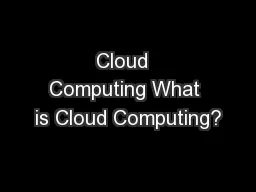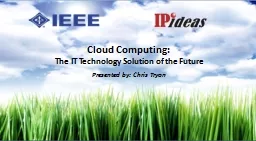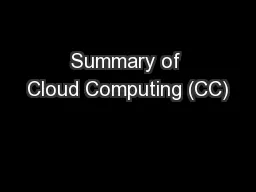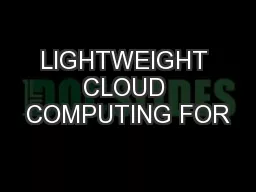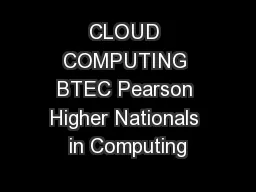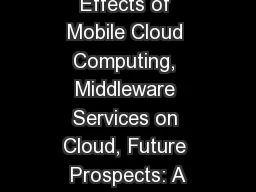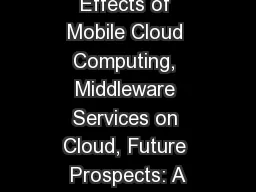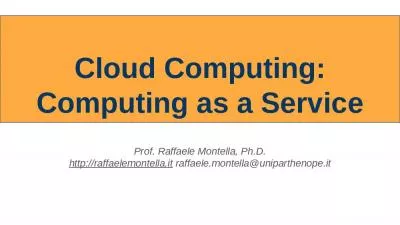PPT-Cloud Computing What is Cloud Computing?
Author : tatyana-admore | Published Date : 2018-09-29
Cloud computing is a model for enabling convenient ondemand network access to a shared pool of configurable computing resources eg networks servers storage
Presentation Embed Code
Download Presentation
Download Presentation The PPT/PDF document "Cloud Computing What is Cloud Computing..." is the property of its rightful owner. Permission is granted to download and print the materials on this website for personal, non-commercial use only, and to display it on your personal computer provided you do not modify the materials and that you retain all copyright notices contained in the materials. By downloading content from our website, you accept the terms of this agreement.
Cloud Computing What is Cloud Computing?: Transcript
Download Rules Of Document
"Cloud Computing What is Cloud Computing?"The content belongs to its owner. You may download and print it for personal use, without modification, and keep all copyright notices. By downloading, you agree to these terms.
Related Documents

